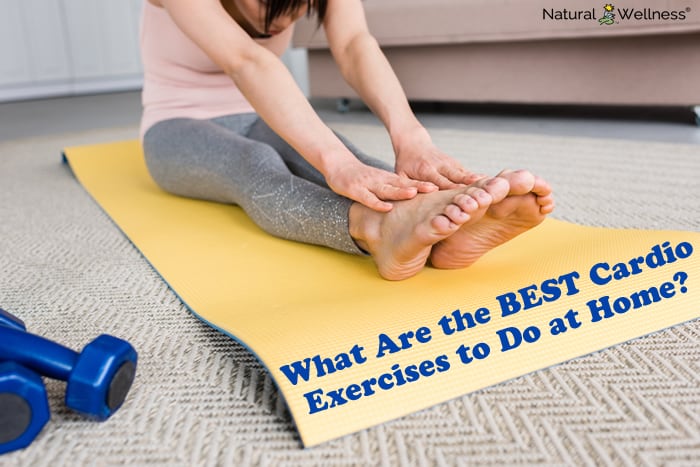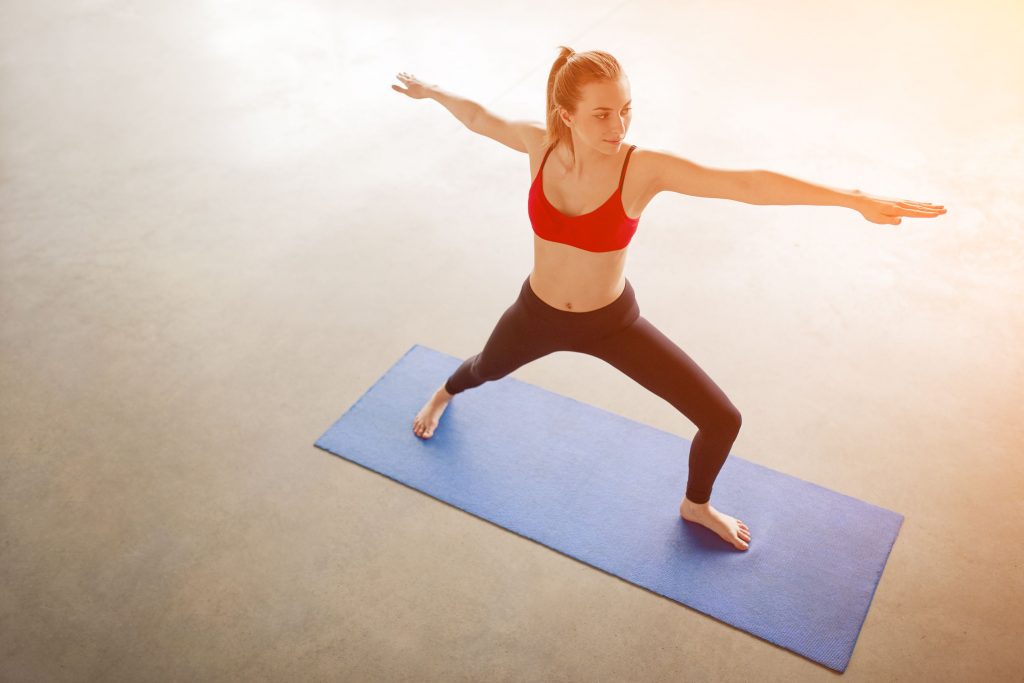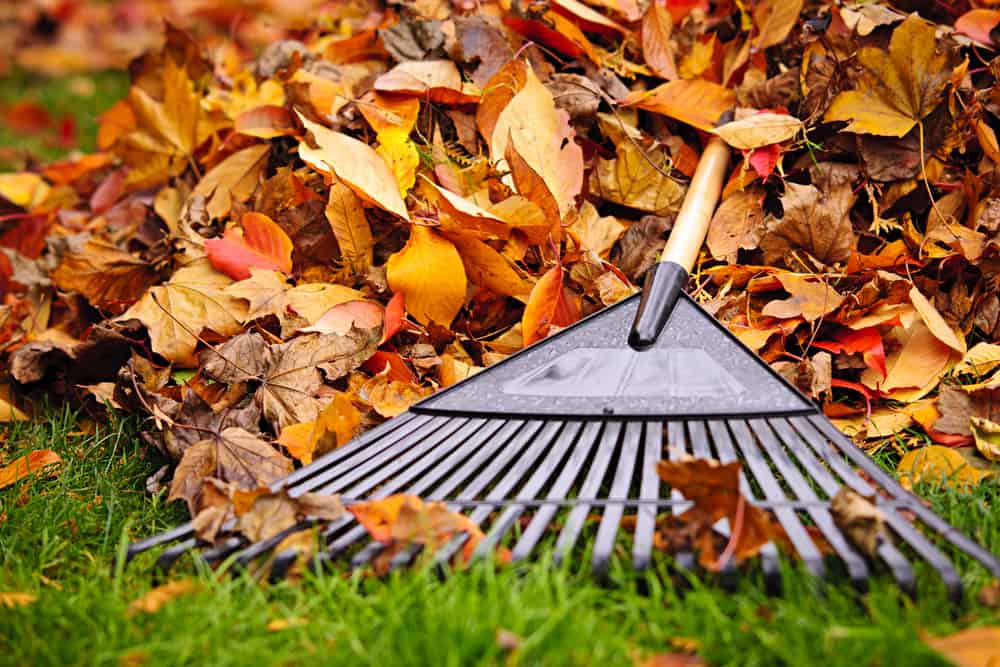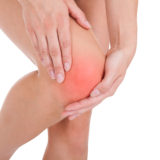

If exercise was fun, they wouldn’t call it exercise. Imagine a world like that, where leisure was flipped on its head. Instead of going to the movies, we’d ask our friends to run laps. We’d wake up early on the weekends overjoyed by the prospect of stretching. We’d gobble up kale by the bowlful and take our sweethearts to yoga studios instead of dance halls.

If you’re already the sort of guy or gal who prefers healthy recreation over reclining, congratulations! Though, chances are, you feel the same way after a long day of work as the rest of us: Exhausted!
We all know that exercise is good for us, but knowing and doing are not the same thing.
And, for some people, that’s a non-issue. Those blessed with good metabolism and moderate eating habits may never know the curse of love handles.
Of course, exercise is more than vanity. Exercise keeps your body functioning efficiently. You may think you’re in average shape, but you may not even recognize the warning signs your body is giving you.
In this article, we’ll discuss not only simple, easy cardio exercises to do at home, but how to tell if your heart is at risk.
9 Signs of an Unhealthy Heart
If you have diabetes, high cholesterol, high blood pressure or you’re overweight, know that these are all potential risk factors to your heart. If you suffer from any of these conditions, you should be seeing your doctor regularly. Men and women 60-years-old and older are also at greater risk for heart disease, which remains the leading cause of death in the United States.
- Chest pain is often cited as an indicator of heart disease, but do you consider chest “discomfort” in the same category? A heart attack may feel like an elephant is sitting on your chest, but it could also feel as mild as a pinch or a burning sensation. “If you’re not sure,” says Dr. Charles Chambers, director of the Cardiac Catheterization Laboratory at Penn State Hershey Heart and Vascular Institute, “get it checked out.” Women in particular may experience heart problems, even heart attacks, without any chest pain at all.
- For both men and women, heart disease may manifest in the bedroom. Erectile dysfunction is a common side effect of arterial disease in men.
- For women, a reduced libido often accompanies a post-menopausal state, which is not by itself a sign of heart disease but does manifest at the same time as other changes, like shifts in blood pressure and cholesterol level.
- Unhealthy gums are another overlooked sign of cardiovascular distress. If you develop a serious gum infection (periodontitis), it may lead to inflammation throughout the body and precipitate heart disease or attack.
- Swelling in the legs and feet, too, can indicate congestive heart failure.
- So can persistent gastrointestinal distress.
- A sudden, persistent cough.
- Trouble breathing when you sleep
- Even hair loss on your legs.
Don’t ignore these telling signs. Remember that old adage: If you see something, say something! Specifically, to your doctor.
Why Cardio Exercise?
When we say you should exercise, that doesn’t mean you need to transform yourself into Arnold Schwarzenegger. Getting buff and getting in shape are two very different things.
Cardiovascular exercise is just exercise that raises your heart rate over an extended period of time. Your heart is a muscle, and when you exercise it you make it stronger. When you strengthen your cardiovascular system, it can deliver more oxygen to the cells in your muscles and enable you to burn more fat – not only when exercising, but even standing still.
You may not have the time or the money for an expensive gym membership, but there are easy exercises you can do at home – and for free – that will strengthen your heart.
Best Cardio Exercises to Do at Home
As Trevor Thieme, a Certified Strength and Conditioning Specialist, explained to Beachbody on Demand, “People tend to think of cardio in terms of steady-state exercise, like jogging. But really, cardio is anything that:
A. raises your heart and breathing rates and
B. improves the function of your heart, lungs, and circulatory system.”
Thieme went on to explain that this definition can encompass a wide range of activities not limited to strength training, such as raking leaves, moving furniture and carrying groceries up the stairs.

We think it’s important to include this information because it dispels the common belief that exercise needs to be rigorous, difficult and intense. Actually, you’re doing cardio exercises every day. With that in mind, we hope cardio seems less daunting.
So, what’s an easy exercise you can do anywhere? Jumping jacks.
Even if it’s been a few decades since gym class, you probably remember how to do these. Stand with your feet together and your arms at your sides. Jump your feet wide while circling your arms over your head. Then come back to your original position. You can burn about ten calories per minute.
All you need to perform jumping jacks is a good pair of sneakers. However, it’s a high impact exercise that is not recommended for people with bad knees or weak joints.
 The same goes for jumping rope. Not only can you do it anywhere, but you can use a jump rope anytime of the year! While jump ropes are cheap (and you can burn about 220 calories in 20 minutes), that’s not a good exercise if you don’t trust your knees.
The same goes for jumping rope. Not only can you do it anywhere, but you can use a jump rope anytime of the year! While jump ropes are cheap (and you can burn about 220 calories in 20 minutes), that’s not a good exercise if you don’t trust your knees.
Less high impact exercises include brisk walking and swimming.
If you’re overweight and would like to slim down before trying more high impact exercise, get yourself some free weights. Practice lifting these weights for 20 to 30 minutes on at least two non-consecutive days of the week. This will help to reduce fat and create leaner muscle mass.
And don’t forget to stretch! It may feel like a painful waste of time, but we promise it’s for the best. Making time to stretch is a huge benefit to your musculoskeletal health, which will reduce joint pain and cramps. “If you have a good musculoskeletal foundation, that enables you to do the exercises that help your heart,” says Kerry J. Stewart, Johns Hopkins exercise physiologist. Stretching before and after a workout – and every day, if you have the time – will help you to maintain stability and reduce the risk of falling.
If you don’t know how to stretch, there are tons of great videos online that are tailored for beginners. You don’t have to pay a cent or leave the comfort of your home (though we do recommend investing in a soft yoga mat if you have hardwood floors).
Conclusion
Today you’ve learned how to recognize if your heart is unhealthy and, if so, you may need to schedule a checkup with your doctor. Natural Wellness also offers many supplements that can support your cardiovascular health.
This article also explored what cardiovascular exercise is, how it helps strengthen your heart, as well as simple exercises you can try at home, such as jumping jacks and brisk walking.




